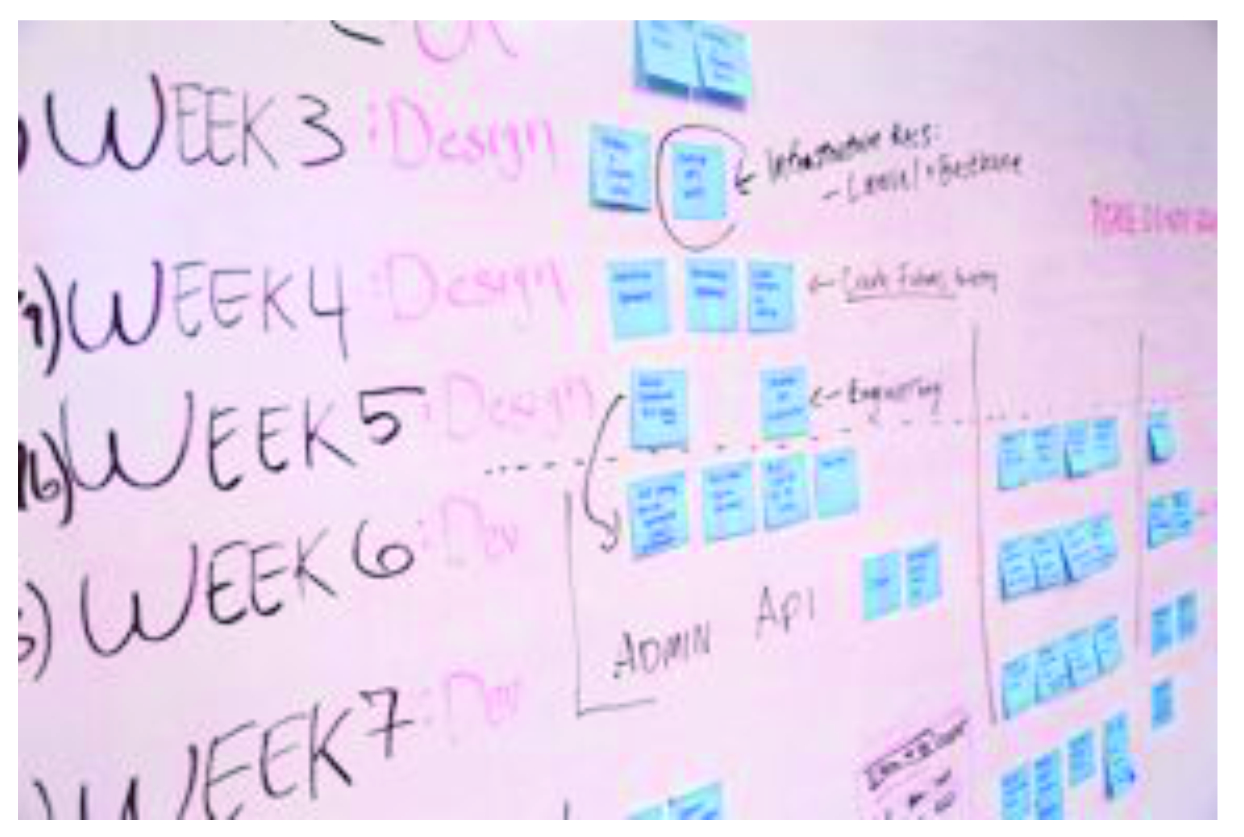
Strengthening Organizational Health and Performance in Government
How can the federal government improve agency and unit level organizational health and performance? Can new strategies deliver better results by riding the rising flood of administrative data and advanced analytics?
A good statutory framework has evolved over the past two decades to improve government performance and results, but it is still too top-down and does not meaningfully engage front line units – which is where direct contact with government’s customers and partners occurs. Too often, these units have not been a focus of attention.
Click the button below to view the Full Report Here.
Full Report HereClick the button below to view the Working Paper #1.
Working Paper #1Click the button below to view the Working Paper #2.
Working Paper #2Click the button below to view the Working Paper #3.
Working Paper #3Click the button below to view the Working Paper #4.
Working Paper #4Click the button below to view the Working Paper #5.
Working Paper #5Click the button below to view the Working Paper #6.
Working Paper #6Our Theory
Our theory of change for this initiative is to expand the existing federal performance management framework by creating a new bottom-up demand for improving organizational health and performance, a demand tailored to the needs of different missions and units. Creating this bottom-up demand has three strategic components:
- Strengthen unit-level health and performance.
- Create a learning-based approach to improving results.
- Employ the power of data analytics to manage.
We envision that over time this new management improvement approach will transform the federal government into an organization that learns from experience, constructively engages employees at all levels in this shared enterprise, and continually strives toward higher standards of excellence in achieving its many missions and policy objectives.
Accompanying Working Papers
 Accompanying Working Paper #1
Accompanying Working Paper #1
Additional Details on Private and Public Sector Approaches to Improving Organizational Health and Performance
Prepared by John M. Kamensky with contributions from Doris Hausser, Bob Lavigna, Michael Maccoby, Donald Moynihan, Demetra Nightingale, Andrew Podger and Steve Redburn
Another source of insights comes from studies of private companies. A number of well-known authors who have written about, and offered prescriptions to improve organizational capabilities, mainly in the private sector, and their research is summarized in this working paper. What evidence is available from the systematic study of management practice and organizational change to help inform a new approach to strengthening the capacity of federal agencies, and units within them, to perform – and thereby carry out their many mandated missions? What role does employee engagement play in an organization’s performance? What models and frameworks are available to show the impact employee engagement has on services and results? What are the drivers behind employee engagement? What is meant by organizational health? What kinds of assessment and diagnostic frameworks exist?
 Accompanying Working Paper #2
Accompanying Working Paper #2
Understanding the Federal Employee Viewoint Survey
Prepared by Doris Hausser
The Office of Personnel Management administers the Federal Employee Viewpoint Survey (FEVS), an annual survey of Federal employees that is a key initiative of the Office of Performance and Personnel Management within the Office of Management and Budget. What is the genesis of the Federal Employee Viewpoint Survey? What gets measured? How is it administered? How are FEVS results used? How should FEVS change going forward?
 Accompanying Working Paper #3
Accompanying Working Paper #3
Understanding Learning Agendas and Performance Management
Prepared by Demetra Nightingale
The recent report of the Evidence-based Policymaking Commission strongly recommends that agencies use learning agendas for evaluation plans to build the base of evidence that can be used to make program and government decisions. Why use a learning agenda? What is the difference between performance management and program evaluation? How is performance management used in learning agendas?
 Accompanying Working Paper #4
Accompanying Working Paper #4
Case Study of IBM’s Use of Cognitive People Analytics
Prepared by Anshul Sheopuri, IBM People Analytics and Cognitive Solutions Manager, and colleagues
In addition to annual employee surveys, an increasing number of private sector companies are actively using data to better assess their needs for talent at the unit level, as well as across the enterprise. In this new era of work, how should companies transform their talent management structure in order to attract, retain, and grow digitally-savvy talent who will consistently thrive in the digital age? IBM developed a user-centric approach to analyze human resources data for its 380,000 employees.
 Accompanying Working Paper #5
Accompanying Working Paper #5
Case Studies of Other Countries’ Use of Agency Capability Reviews
Prepared by Andrew Podger, Prajapati Trivedi, and John Kamensky
This working paper is divided into three case studies:
-
Australia’s Approach to Link Capability Systematically to Performance Management and Budgeting
-
Canada’s Management Accountability Framework
-
How New Zealand Conducts Its Agency Capability Reviews
 Accompanying Working Paper #6
Accompanying Working Paper #6
Case Studies of U.S. Federal Approaches to Improve Employee Engagement and Organizational Health
Prepared by Greg Parham, Major Kristen Saling, Terry Gerton, and Bill Methany
This working paper is divided into three case studies:
-
U.S. Department of Agriculture: the Most Improved Large Agency in the 2016 Best Places to Work Rankings
-
U.S. Army’s Approach to Conducting Operational and Organizational Assessments
-
How Did the Department of Labor’s Veterans’ Employment and Training Service Increase Employee Engagement?